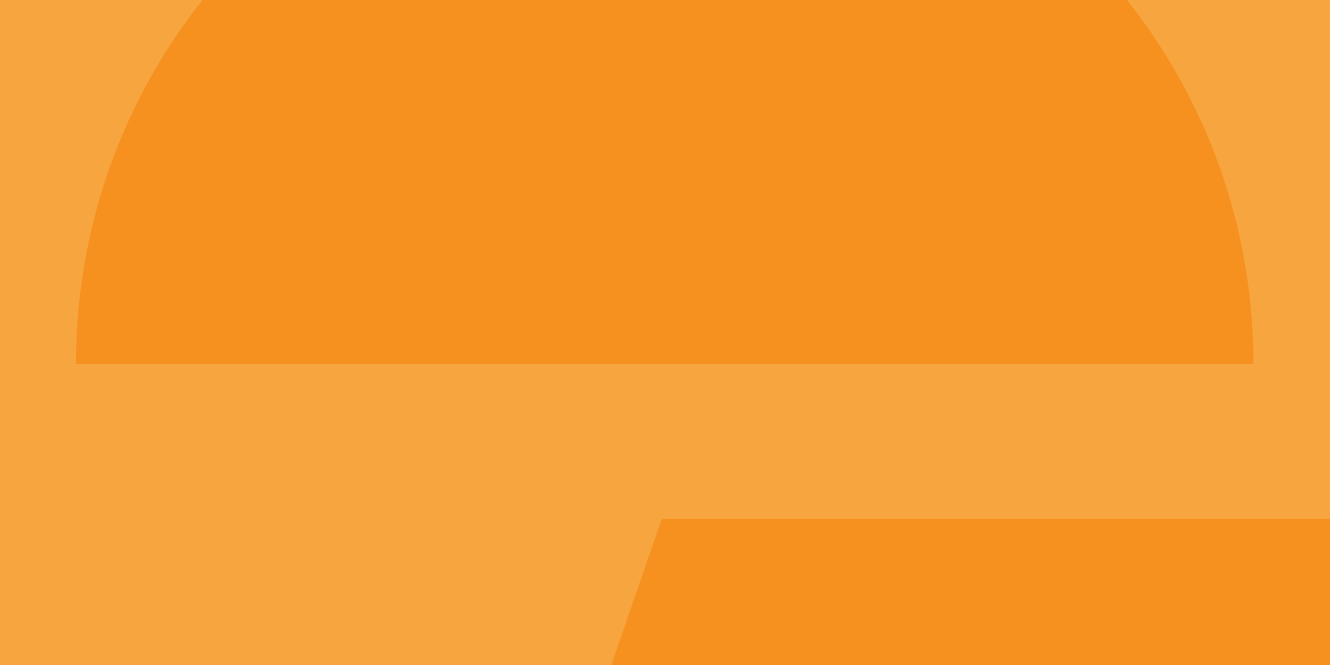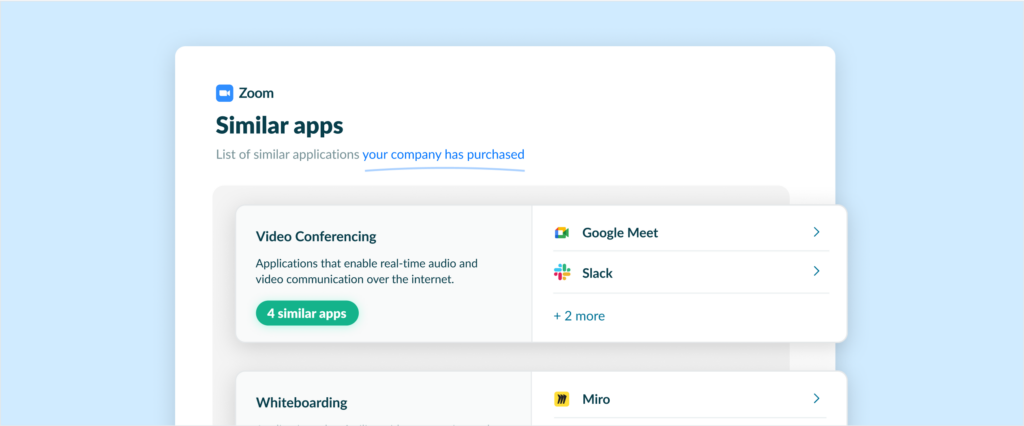
Procurement vs. purchasing: What’s the difference?
In any industry, efficiently acquiring the goods and services your company needs is essential for success. But properly understanding the difference between “procurement” and “purchasing” can result in a huge difference in cost savings, streamlined vendor management, and risk reduction. While the terms are often used interchangeably, understanding the distinction between these two functions can significantly impact an organization’s bottom line and strategic goals.
Procurement vs. purchasing: Key differences
While purchasing is directly tied to the acquisition of goods and services — generally looking at quantity, quality, and price — procurement focuses on the strategy behind the acquisition. Let’s take a deeper look at each function, their benefits, and how they can work together.
What is purchasing?
Purchasing refers to the transactional activities involved in acquiring goods and services. It’s the day-to-day process of buying what your company needs, ensuring you get the right quantity, quality, at the right price, delivered at the right time, to the right location. This includes tasks like creating purchase orders, negotiating with vendors, receiving deliveries, and processing payments.
When it comes to SaaS (software-as-a-service), purchasing takes on a slightly different form compared to physical goods. Here’s how purchasing generally unfolds in the SaaS space:
- Subscription-based model: Depending on the software, most SaaS typically involves subscribing to a service for a specific period, typically monthly or annually. This results in managing recurring costs instead of a one-time upfront payment — and tracking any upcoming contract renewals.
- Focus on features and user access: Purchasing decisions revolve around the specific features and functionality offered by the SaaS platform. Additionally, the number of user licenses needed determines the subscription tier and overall cost.
- Self-service options: Many SaaS platforms offer free trials, allowing potential customers to test-drive the software before committing to a paid subscription. Purchasing often involves a streamlined online process where users choose a plan, enter billing information, activate their account, and immediately access the software without onboarding.
- Integration considerations: Since most businesses use a variety of software applications, purchasing decisions for SaaS solutions often involve evaluating integration capabilities with existing systems.
Purchasing SaaS is a more agile and scalable process compared to purchasing other goods. It allows businesses to quickly access the features they need, adjust their subscriptions as needed, and benefit from automatic software updates and ongoing maintenance from the vendor.
What is procurement?
Purchasing a subscription might seem like a simple transaction, especially when it comes to self-serve SaaS. Procurement, on the other hand, is the broader strategic function that encompasses the entire lifecycle of acquiring and managing these cloud-based solutions. It starts with identifying a specific business need and then progresses through several key stages:
- Defining Requirements: The procurement team goes beyond basic functionality. They precisely define the features, integrations, and security requirements critical for the business. This ensures the chosen SaaS platform aligns with the company’s goals and avoids costly feature gaps or security vulnerabilities later.
- Sourcing potential SaaS vendors: The focus isn’t just on finding a vendor, but on identifying qualified SaaS providers with a proven track record and solutions that meet the defined requirements. This might involve researching online platforms, attending industry events, or leveraging industry expertise.
- Negotiating contracts and subscriptions: While price is a factor, negotiations extend beyond just the initial cost. Procurement seeks to secure favorable terms like data ownership rights, service level agreements (SLAs), and flexible subscription options that scale with the company’s needs.
- Managing vendor relationships: Building positive relationships with key SaaS vendors goes beyond just courtesy. It fosters open communication, ensures ongoing support, and potentially unlocks opportunities for better pricing or early access to new features in the future.
- Risk management and performance monitoring: Procurement proactively identifies potential risks associated with the SaaS vendor, such as security breaches or service disruptions. They also monitor the vendor’s performance against the agreed-upon terms, ensuring the SaaS solution continues to deliver value to the organization.
By focusing on a strategic approach, SaaS procurement goes beyond simply finding the cheapest subscription. It ensures the acquired solution aligns with the company’s long-term goals, mitigates potential risks, and maximizes the value derived from the chosen SaaS platform.
What are the key distinctions between purchasing and procurement?
While purchasing and procurement both contribute to the acquisition of goods and services, they approach the process from fundamentally different perspectives. Here’s a breakdown of some key distinctions:
Strategic vs. tactical focus:
- Purchasing: Takes a tactical approach, focusing on the immediate needs of a department or individual. The primary goal is to complete a transaction efficiently and secure the required goods or services at the best possible price.
- Procurement: Operates with a strategic mindset. It considers how acquisitions align with the company’s broader goals, such as cost savings, building long-term vendor relationships, and minimizing risk.
Relationship-based vs. transactional:
- Purchasing: Views suppliers as vendors for a single transaction. The focus is on getting the best price and completing the purchase order.
- Procurement: Recognizes the value of building strong relationships with key suppliers. This fosters trust, collaboration, and potentially better deals in the future.
Proactive vs. reactive:
- Purchasing: Reacts to immediate needs. When a department or individual requires something, the purchasing process kicks in to fulfill that request.
- Procurement: Practices proactive planning. They anticipate future needs, research potential suppliers, and establish contracts in advance to avoid delays when requirements arise.
Risk mitigation vs. operational agility:
- Purchasing: Primarily aims for operational agility. The focus is on completing transactions quickly and efficiently. Risk mitigation is often a secondary consideration.
- Procurement: Actively identifies and mitigates potential risks associated with suppliers, such as quality issues, delays, or financial instability.
Item value vs. price:
- Purchasing: Evaluation heavily emphasizes price as a primary factor. The goal is to find the lowest cost option that meets the basic requirements.
- Procurement: Looks beyond just the initial purchase price. They consider the total cost of ownership, including factors like maintenance, service costs, and potential disruptions due to supply chain issues.
All in all, purchasing ensures efficient completion of everyday transactions, while procurement contributes to a more strategic approach to the acquisition of SaaS applications, ultimately promoting long-term value and risk reduction for the organization.
How does a SaaS Management Platform help with procurement and purchasing?
Businesses are increasingly turning to SaaS Management Platforms (SMPs) to streamline and optimize both their procurement and purchasing processes. These cloud-based solutions offer a range of functionalities that empower organizations to gain greater control over their spending and achieve strategic sourcing goals. Here’s how the right platform can transform the way you manage procurement and purchasing:
- Purchase approval workflows: SMPs automate approval workflows, eliminating manual processes and delays. These platforms allow for defining spending limits and setting up approval chains based on item categories or purchase amounts. This ensures transparency and compliance while streamlining the purchasing process.
- Identifying, sourcing, and vetting new vendors: Finding qualified vendors can be a time-consuming task. SMPs can help by providing access to a vast database of potential suppliers. They also facilitate the process of sending out requests for proposals (RFPs) and managing responses electronically. Additionally, SMPs can integrate with risk assessment tools, allowing for efficient vetting of new vendors before entering into contracts.
- Risk analysis and mitigation: Procurement teams are constantly juggling potential risks associated with suppliers and data. SMPs offer tools for risk analysis, allowing them to identify and assess potential disruptions, quality issues, or issues with data security among vendors. This proactive approach enables them to develop mitigation strategies and ensure business continuity.
- Overlapping spend analysis: Many companies unknowingly spend money on the same SaaS tools as a result of shadow IT and maverick spend. SMPs provide powerful spend analytics tools that can identify these overlaps. By uncovering hidden spending patterns, businesses can consolidate their tech stack with fewer tools.
- Spend management visibility: SMPs offer real-time visibility into all organizational spending across departments and categories. This comprehensive view allows for better forecasting, budget control, and informed decision-making. Procurement teams can identify areas for cost savings and negotiate more effectively with vendors based on aggregated spending data.
Understanding the distinct roles of procurement and purchasing empowers businesses to make informed decisions when acquiring goods and services. While purchasing ensures efficient day-to-day transactions, procurement takes a strategic approach, fostering strong supplier relationships, mitigating risks, and aligning acquisitions with long-term goals.
Leveraging the right SaaS Management Platform empowers organizations to automate tasks, streamline workflows, and gain valuable insights that can significantly improve efficiency, reduce risks, and gain a strategic advantage in managing overall spend. By effectively utilizing both procurement and purchasing functions, and embracing the power of SMPs, companies can unlock significant cost savings and drive sustainable growth.
About Productiv:
Productiv is the IT operating system to manage your entire SaaS ecosystem. It centralizes visibility into your tech stack, so CIOs and IT leaders can confidently set strategy, optimize renewals, and empower employees.
Learn more today




